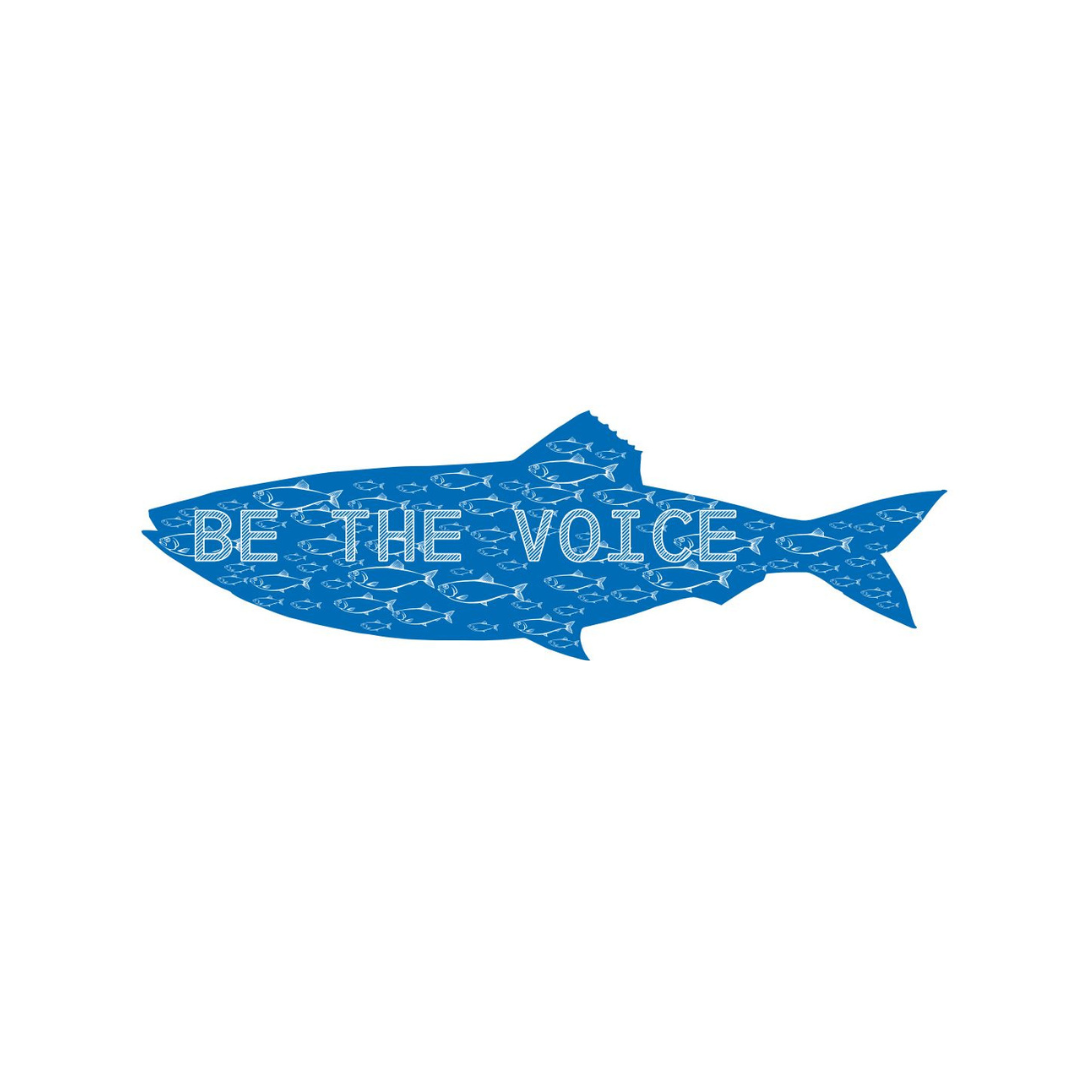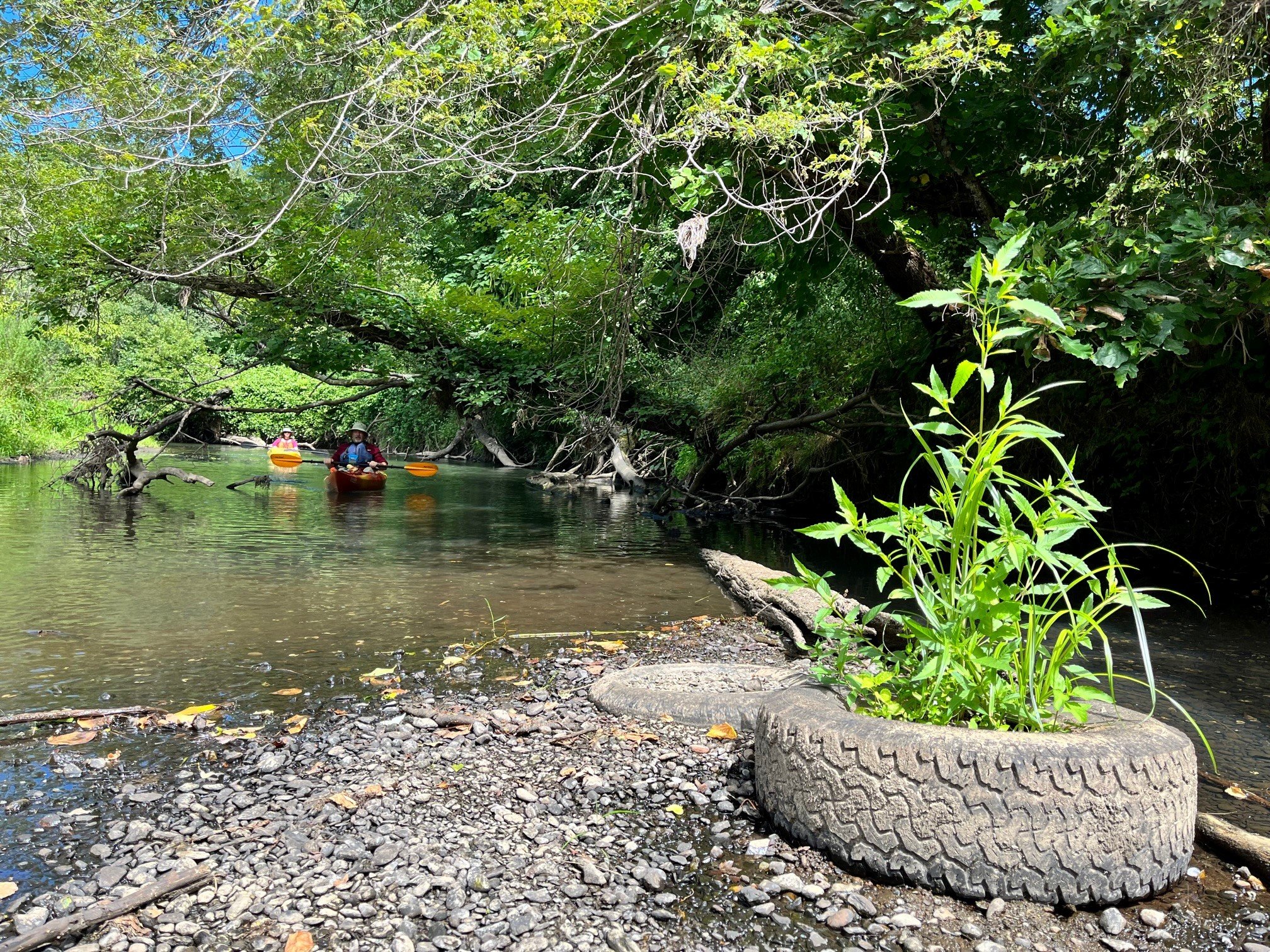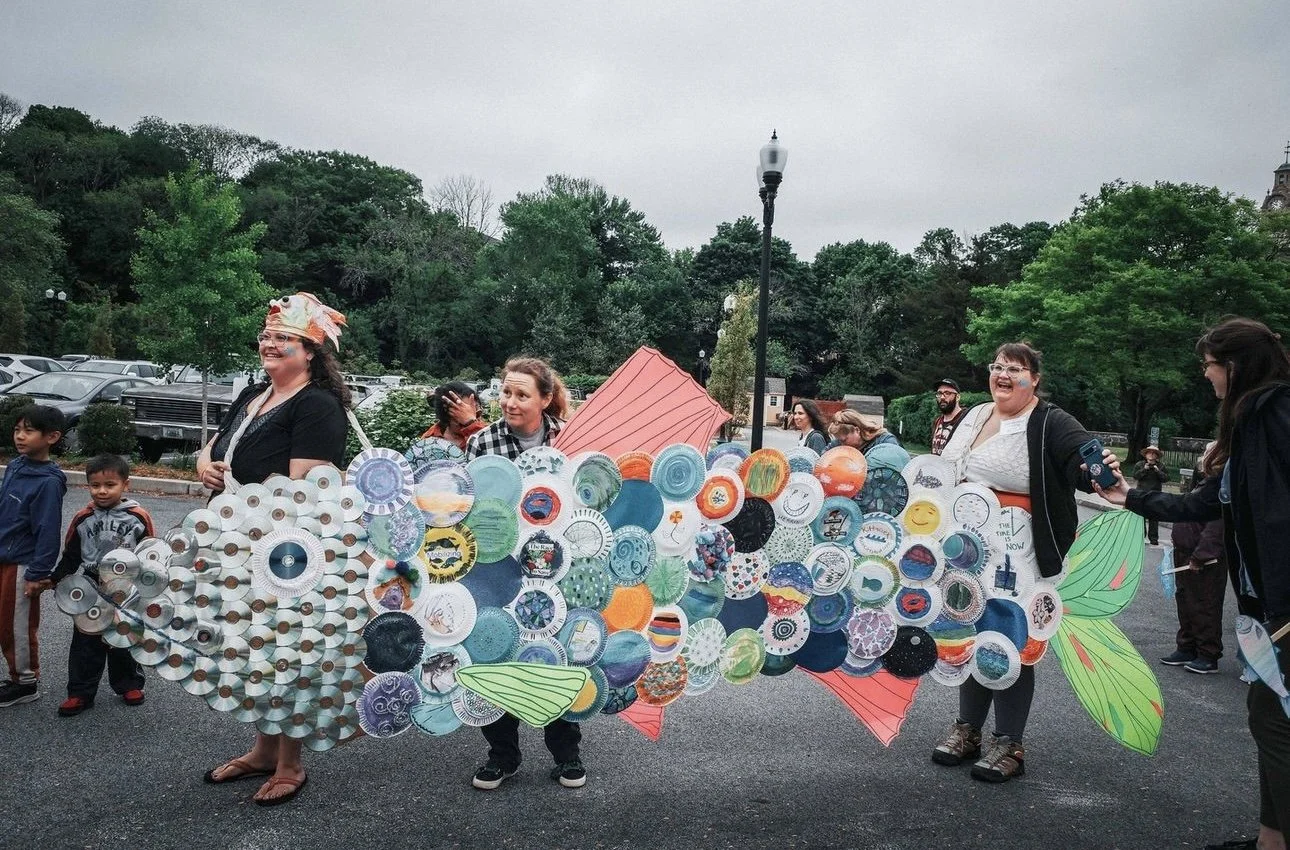
Join us for our Third Annual Fish Migration Parade - Sunday, May 18!
We’re hitting the water in 2025! Join us at Central Falls Landing from 10:30AM-1:00PM for a floating fish parade - all are welcome, RSVP required.
The Blackstone River - known to the Nipmuc as Kittacuck and Mishkittakooksepe to the Narragansett, historically was a tidal river with abundant migratory fish such as herring, shad, and salmon. However, these migratory species have been blocked by dams from getting up river to spawn since the 1700s — but we’re working to change that!
The Collaborative is working with RIDEM to convene stakeholders to bring transparency and public input into the state’s work to create fish passage over the lower four dams on the Blackstone River, including hosting monthly Community Advisory Council meetings, made up of agencies, dam owners, tribes, and advocacy organizations.
This group has assisted RIDEM and the Narragansett Indian Tribe with submitting over $35 Million in funding requests to NOAA - one $20M application in 2024 that was not selected, and two more in 2025 that are currently pending.
At our first event in 2023, the symbolic fish migration parade, hosted by the Narragansett Indian Tribe, with the Hassanamisco Band of Nipmuc, Mashpee Wampanoag Tribe, and the Wampanoag Tribe of Gay Head (Aquinnah). Other local groups including the Blackstone River Watershed Council/Friends of the Blackstone, the Blackstone Watershed Collaborative, the Blackstone River Valley National Historical Park, Save the Bay, and the Nature Conservancy in Rhode Island helped put on the event, that included about 200 attendees. We also welcomed Jason McNamee from RIDEM to speak about the importance of fish passage at this inter-tribal event.
On Sunday, May 19th, 2024 we held our Second Annual Fish Migration Parade to celebrate the river and the migrating herring we’re working to bring back by building ways for fish to get around these dams.
Learn more about fish migration, the four dams, and Kittacuck below.

KITTACUCK
SPEAKS
“I am Kittacuck also known to you as the Blackstone River. For thousands of years, I have flown through the valley over the Earth Mother providing life for all creation, from the tiniest forms of life to the largest. I have provided energy to power machinery and given passage along my current to transport creation from place to place. I have lost my voice and been silenced at times because of our shared story, and not being a partner in our shared spiritual responsibility of creation, yet I have still been here and still am.
Today, there are those who are listening and working together to bring the River back to its former glory - to connect our current residents of this land, to provide recreational opportunities, to create a place of thoughtfulness and healing mind, body, and soul and to make a spiritual connection with the River and the natural world.”
The Blackstone River is located in the traditional, ancestral, unceded territory of the Narragansett, Nipmuc, Pokanoket, and Wampanoag Nations.
Kittacuck is the original Nipmuc name for the Blackstone River which means “great tidal river.” Indigenous communities have had a deep relationship with the river for millennia and historically depended on the river for transportation and fishing.
Prior to European colonization, the Blackstone River had abundant populations of migratory fish including shad, herring and salmon that lived and migrated between fresh and saltwater habitats. The construction of 39 dams on the mainstem of the Blackstone River prevented migrating fish from reaching historic breeding habitat and led to a significant decline in the fish populations.
Nineteen dams still remain on the mainstem of the river, many of which do not serve a purpose and are in varying states of disrepair.
We are working to provide fish passage around the lower four dams in Rhode Island to enhance aquatic connectivity and restore the balance between humans and the river. These dams are the Valley Falls in Cumberland, Elizabeth Webbing in Central Falls, Slater Mill & Main Street Dams in Pawtucket.
In 2023, the Nature Conservancy was awarded a grant to hire Fuss & O’Neil to make a permit-ready 60% design for passage over the lower two dams. The Fish Passage Community Advisory Committee (CAC), was established in late 2023 by the Collaborative and RIDEM, to bring tribes, municipalities, watershed advocates, dam owners, and the state together to enhance transparency and support public outreach and education around the fish passage project. Membership of the CAC is invitation-only, but its monthly meeting notes and meeting recordings are publicly available here.
Stay tuned for a new webpage with more detailed information on each of the lowest four dams and current plans to restore migratory fish to Kittacuck.






